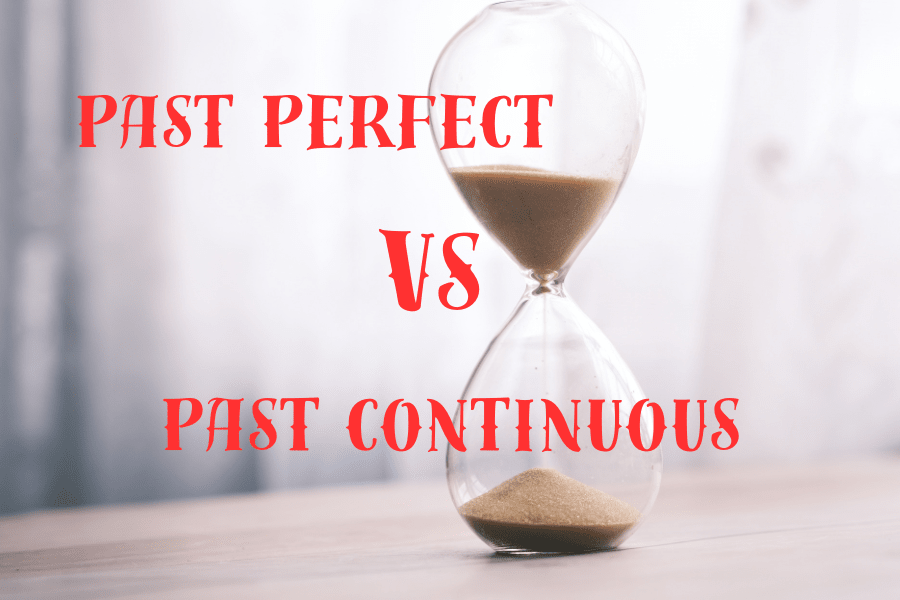Introduction
The past perfect simple is used with action verbs to emphasize the completion of an event. On the other hand, the past perfect continuous is used to show that an event or action in the past was continuing.
However, if you see the examples, you may feel a bit nervous about the meaning. So, in the blog post, we will walk through all the aspects of the past perfect and the past progress.
Past Perfect: Definition
The past perfect tense is used to indicate an action that was completed or happened before another action or event in the past. It is formed by using the past tense of “have” (had) followed by the past participle of the main verb.
Structure: had + past participle
Example:
- She had finished her homework before dinner.
- In this sentence, “had finished” is in the past perfect tense. It indicates that the action of finishing the homework was completed before another past action (having dinner).
Past Continuous (Progressive): Definition
The past continuous tense is used to describe actions or events that were ongoing or in progress at a specific point in the past. It is formed by using the past tense of “to be” (was/were) followed by the present participle (base form + -ing) of the main verb.
- Structure: was/were + present participle
Example:
- They were playing football when it started to rain.
- In this sentence, “were playing” is in the past continuous tense. It describes an ongoing action (playing football) that was interrupted by another event (rain starting) in the past.
Past Perfect vs Past Continuous: Difference:
- Past Perfect: Used to show that one action was completed before another action or point in time in the past.
- Example: She had already left when I arrived.
- Past Continuous: Used to describe ongoing actions or events that were happening at a specific time or during a specific period in the past.
Example: They were watching a movie when the power went out.
Past Perfect: More Examples
- She had studied English before she moved to London.
- By the time they arrived, I had finished my work.
- He realized he had forgotten his keys after he had left the house.
- They had watched that movie multiple times before it was released in theaters. (passive voice)
- The train had departed before we reached the station.
Past Continuous: More Examples
- I was watching TV when you called me last night.
- They were playing football when it started raining heavily.
- She was cooking dinner while he was setting the table.
- We were chatting online when the computer suddenly shut down.
- He was studying in the library all afternoon yesterday.
Summarizing
In conclusion, the past perfect tense indicates the order of past events, showing which action happened before another (formed with “had” + past participle, like “had eaten”). In contrast, the past continuous tense describes ongoing actions in the past (formed with “was/were” + present participle, like “was eating”), highlighting activities that were happening at a specific time in the past. These tenses can be used together to clarify the sequence of events.
Don’t forget to write examples below in the comment section.

Leave a Reply